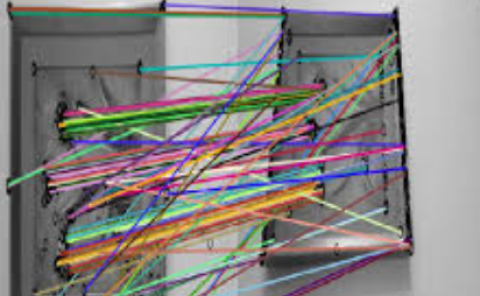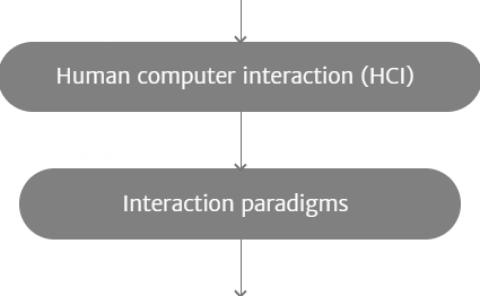The Effects of Changing Projection Geometry on Perception of 3D Objects on and Around Tabletops
PubDate: May 2016
Teams: University of St Andrews,University of Waterl,University of Saskatchewan,University of Calgary
Writers: Miguel A. Nacenta;Mark Hancock;Carl Gutwin;Sheelagh Carpendale
PDF: The Effects of Changing Projection Geometry on Perception of 3D Objects on and Around Tabletops

Abstract
Displaying 3D objects on horizontal displays can cause problems in the way that the virtual scene is presented on the 2D surface; inappropriate choices in how 3D is represented can lead to distorted images and incorrect object interpretations. We present four experiments that test 3D perception. We varied projection geometry in three ways: type of projection (perspective/parallel), separation between the observer’s point of view and the projection’s center (discrepancy), and the presence of motion parallax (with/without parallax). Projection geometry had strong effects different for each task. Reducing discrepancy is desirable for orientation judgments, but not for object recognition or internal angle judgments. Using a fixed center of projection above the table reduces error and improves accuracy in most tasks. The results have far-reaching implications for the design of 3D views on tables, in particular, for multi-user applications where projections that appear correct for one person will not be perceived correctly by another.


